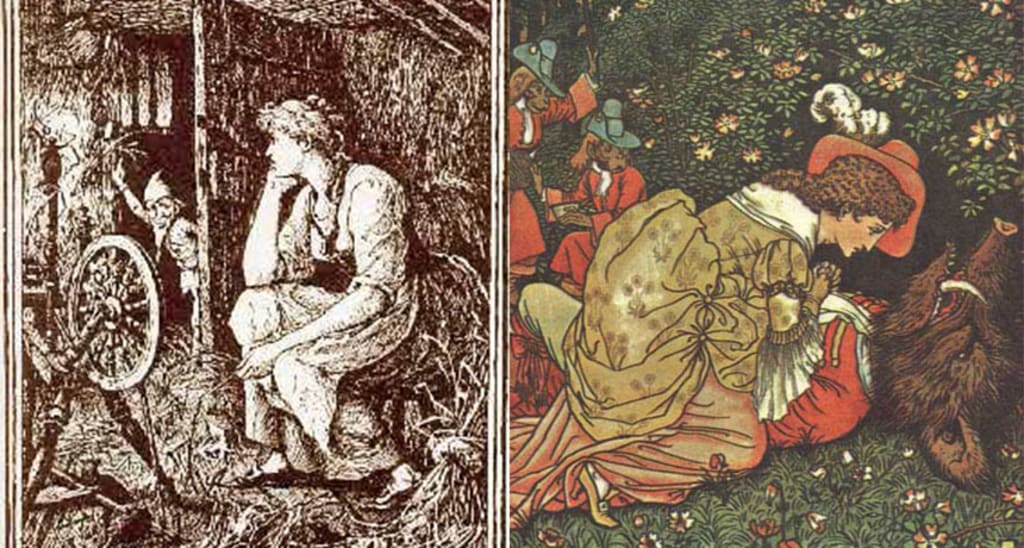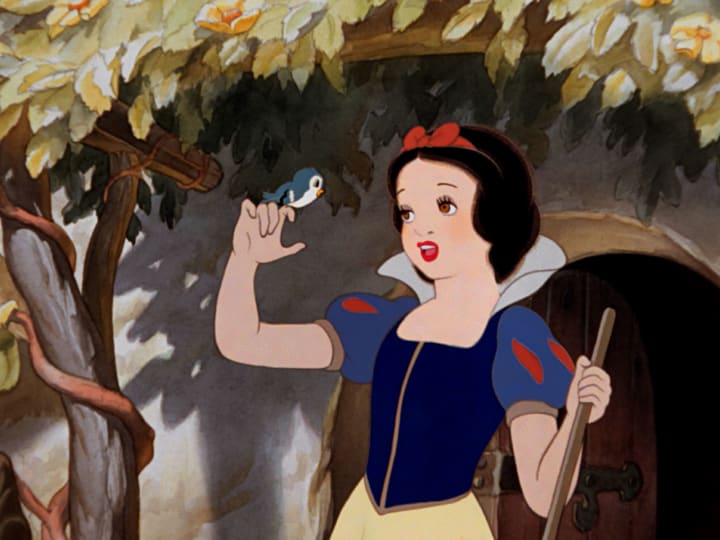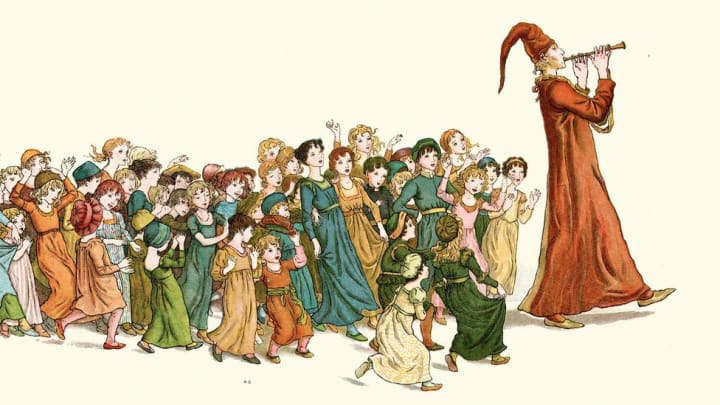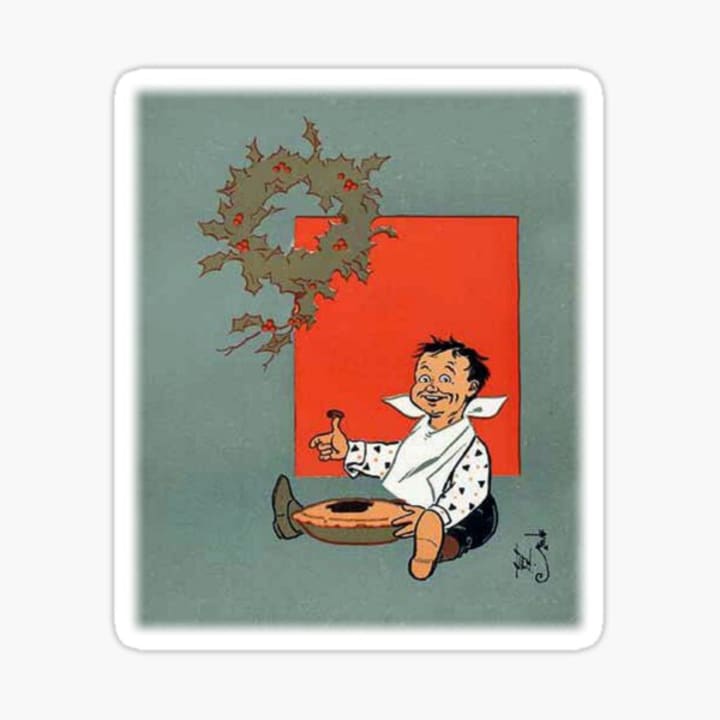
Fairytales used to be considered frivolous fiction intended merely for children's entertainment. Recent research, however, suggests that many of these tales may hold more reality than previously believed. These "true tales"—actual occurrences or historical persons who provided the inspiration for certain components of fairytales—are concealed within the stories and are just waiting to be discovered.
In this article, we'll go into the world of fairytales -true tales and examine the historical background and actual individuals that may have impacted some of our favorite tales. So fasten your seatbelts and prepare for a voyage through the intriguing and often unexpected realm of fairytale true tales.
The miserable life of Petrus Gonsalvus is presumably where the plot of "Beauty and the Beast" was inspired.

According to Refinery 29, a little child named Petrus Gonsalvus was frequently referred to as a beast in 1537. According to reports, this was most likely caused by the man's hypertrichosis, often known as "werewolf syndrome," which causes a person to develop hair all over their body.
Gonsalvus was only ten years old when the King of France sent for him to serve as a sort of court jester after taking him from his home in Spain. According to Refinery 29, "King Henry chose to take on Gonsalvus as his personal pet project. The monarch raised Gonsalvus to be a nobleman."
Ultimately, Catherine de' Medici, who succeeded King Henry following his death, found Gonsalvus a wife, who was, ironically, another Catherine. The beauty fell in love with "the beast," but it took some getting used to. Together, they produced seven children during the course of their 40-year marriage, four of whom also suffered hypertrichosis.
There are rumors that Margaretha von Waldeck or Maria Sophia Margaretha Catherina von Erthal, two real-life women, was the inspiration for Snow White.

Von Waldeck, according to Mental Floss, resided in the German town of Waldeck around the middle of the sixteenth century. She relocated to Brussels when she was 17, maybe as a result of conflict with her new stepmother, and abandoned her father's house. There, she caught Philip II of Spain's attention.
She became ill shortly after, and many people think she was poisoned. The pair had plenty of critics who thought that marrying a coal miner's daughter was beneath a monarch. She passed away at the age of 21 since there was no genuine love kiss to heal her.
The alternative source of inspiration? Maria Sophia Margaretha Catherina von Erthal, take a deep breath. The Independent said that the young woman also resided in Lohr am Main, Germany. She was the daughter of Prince Philipp Christoph von Erthal, with whom she shared a castle, and was born in 1729. It turned out that her father was a mirror manufacturer. In reality, the castle they occupied is now a museum available to the public, and one of the rooms has a "talking mirror," or a gift the prince presented to his second wife, the young baroness' stepmother, with whom she is rumored to have had a tumultuous relationship.
Although it's possible that the Pied Piper never existed, most academics concur that anything that happened in the German town of Hamelin may have served as the story's inspiration.

The Pied Piper was employed by the German town of Hamelin in 1284, according to the story, to eradicate a rat infestation there. But when the village betrayed him and declined to pay him, he played his pipe and abducted every child in the community, never to be seen again.
It is believed that the earliest mention of this tale was made on a now-destroyed stained glass window from about the year 1300 AD. The earliest piece of writing that has survived only records that "130 youngsters born in Hamelin were enticed by a piper, on the day of Saints John and Paul on June 26, and lost at the place of execution near the koppen in the year of Saints John and Paul."
There are a few ideas that attempt to explain what actually transpired, however it is obvious that the tale has altered and developed through time. Some claim that the children were sent away by their parents due to their extreme poverty, others that they died of the plague, and still others that the Pied Piper represented death. Still others claim that the children were involved in the "Children's Crusade," a futile mission by children to convert Muslims in the Holy Land to Christianity.
Nearly all of the hypotheses, according to Mental Floss, "appears to agree that the Pied Piper and his rat-whispering talents were the manifestations a force that those left behind in Hamelin could not control."
"Frozen" is largely based on the Hans Christian Andersen tale "The Snow Queen," and Elsa's frosty abilities can be linked to Swedish opera diva Jenny Lind.

A rough adaptation of "The Snow Queen," a Hans Christian Andersen tale, may be found in "Frozen." The biggest similarity? A queen with cold, snow, and ice abilities exists.
The fairy tale, however, might not have suddenly appeared in Andersen's head. Legend has it that the title queen was modeled after the renowned Swedish opera soprano Jenny Lind. Andersen allegedly transformed Lind into the Snow Queen, a lady with an ice heart, when she spurned down his amorous advances.
The sad life of Saint Barbara, who is believed to have lived in the third century, served as the inspiration for the "Rapunzel" narrative.
The real Rapunzel is believed to be Barbara, a young woman from Italy whose father locked her up in a tower so that no men could approach her since she was so stunning. Even though other people requested Barbara's hand in marriage, she devoted herself to God and her newly discovered Christian beliefs and turned them all down.
Yet, her pagan father disapproved of her conversion to Christianity. According to legend, as she pleaded for assistance as he drew his sword on her, God reportedly made a hole in the tower so she could flee. She was unfortunately quickly found, and her father ultimately beheaded her before being hit by lightning.
The nursery rhyme character Little Jack Horner actually served as the abbot of Glastonbury's servant in the 1500s.

A plum is discovered within a Christmas pie by a little boy named Jack in the nursery rhyme. Although it refers to opportunism and avarice metaphorically, some historians think the phrase originally had a far more literal connotation.
NPR claims that Thomas Horner, a servant to the Abbot of Glastonbury, was the real "Jack" Horner. Horner was dispatched to bribe King Henry VIII with deeds to other parcels of land in order to prevent him from acquiring the church's land for himself at the time. And where did these acts occur? in a pie that has been baked to hide them (that said, the pie could have simply been a metaphor for concealment, not an actual pie).
Horner apparently decided to steal a deed for himself and stuck his thumb into the pie to take one for Somerset's Mells Manor. The Horners continued to reside there for centuries.
Conclusion
The world of fairytales is a rich and intriguing one, full of enchanted creatures, brave heroes, and shrewd villains, in conclusion. But, as this article has shown, many of these tales also include aspects of reality because they are frequently based on actual persons, occasions, and cultural customs. These "true tales" give the tales we adore an additional layer of profundity and significance.
We can get a better knowledge of how stories affect how we perceive the world by researching the origins and impact of fairytales. The world of true tales is an intriguing one to explore, whether you're a lover of traditional fairytales or just interested in the origins of these well-known stories.





Comments
There are no comments for this story
Be the first to respond and start the conversation.